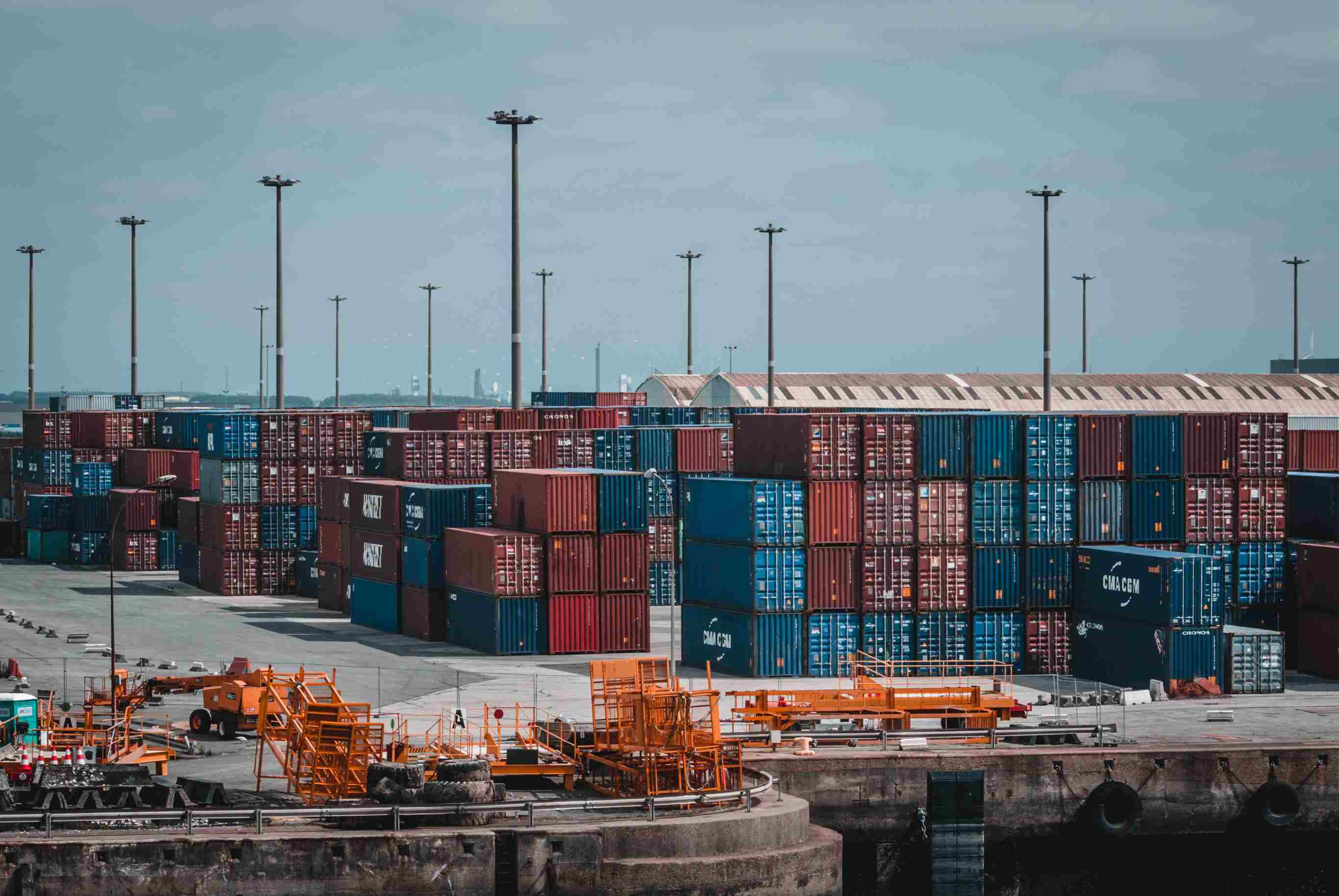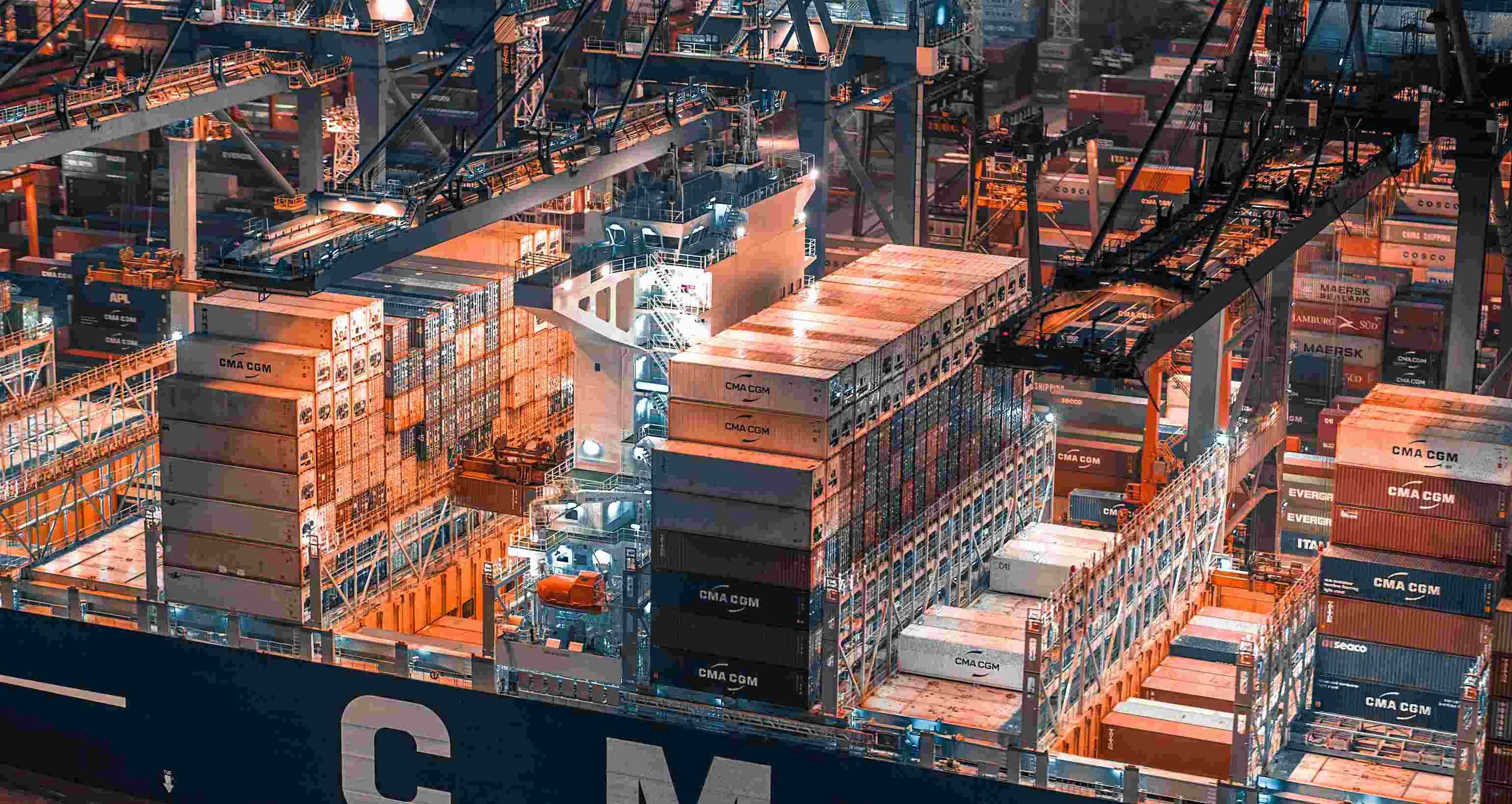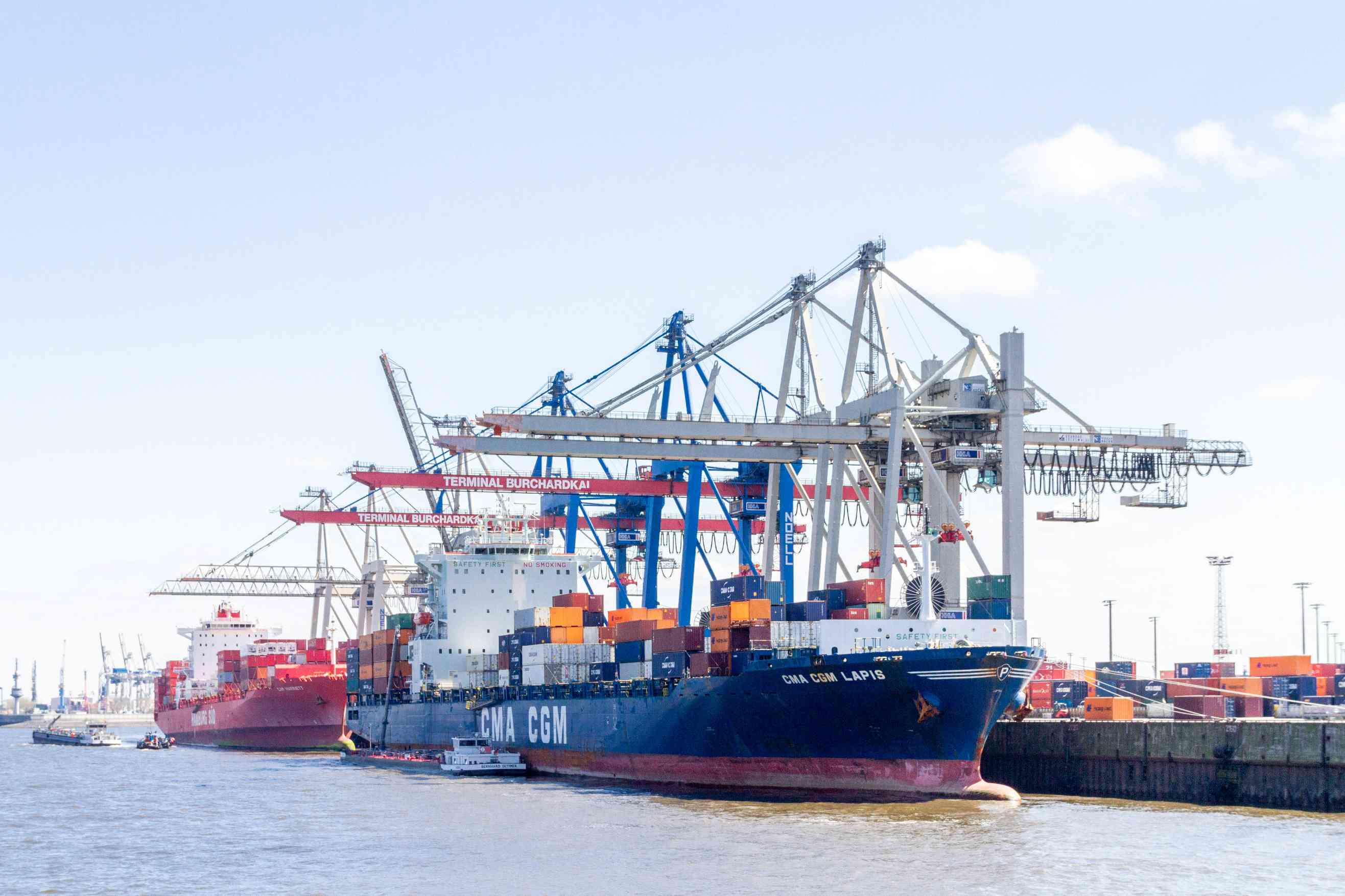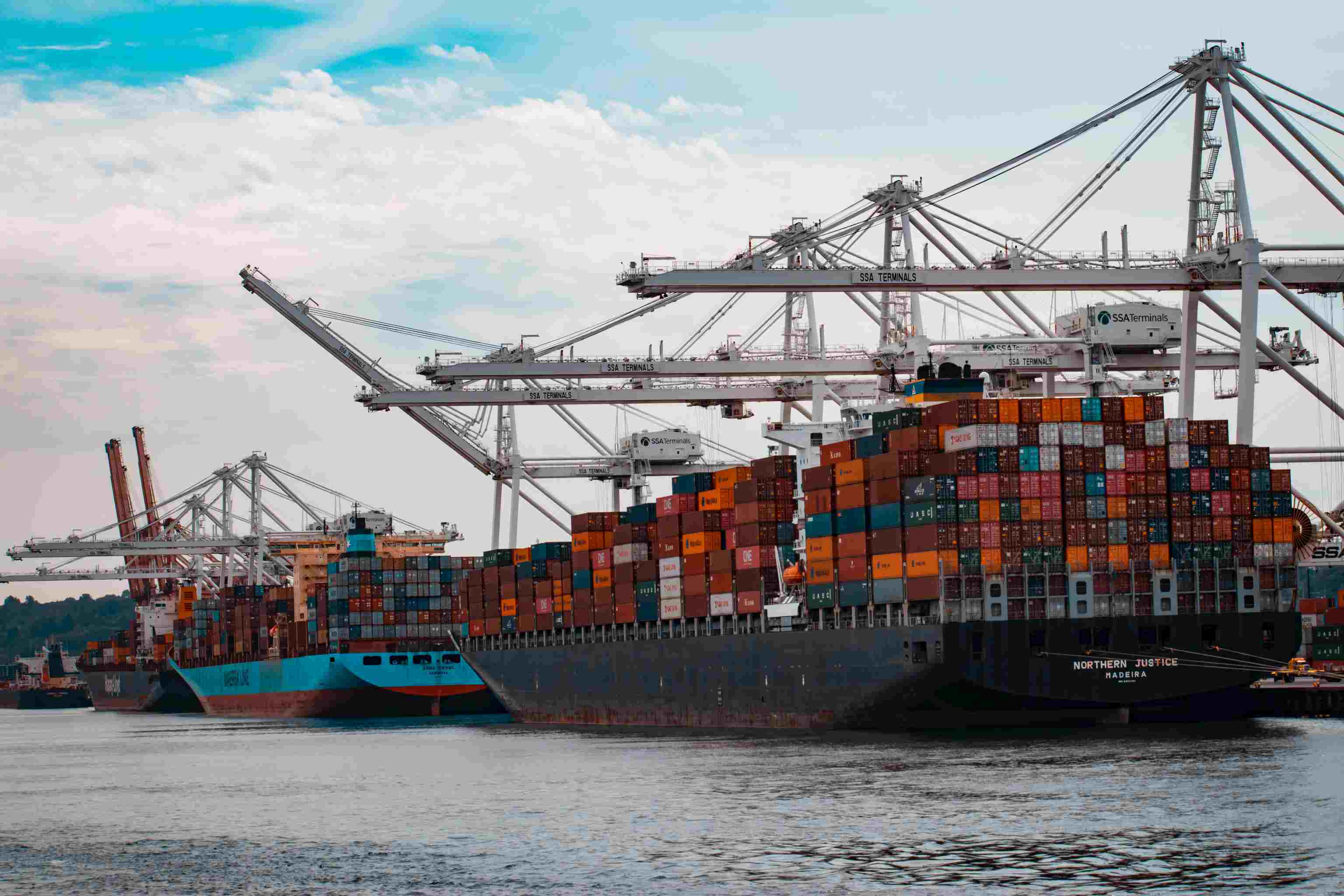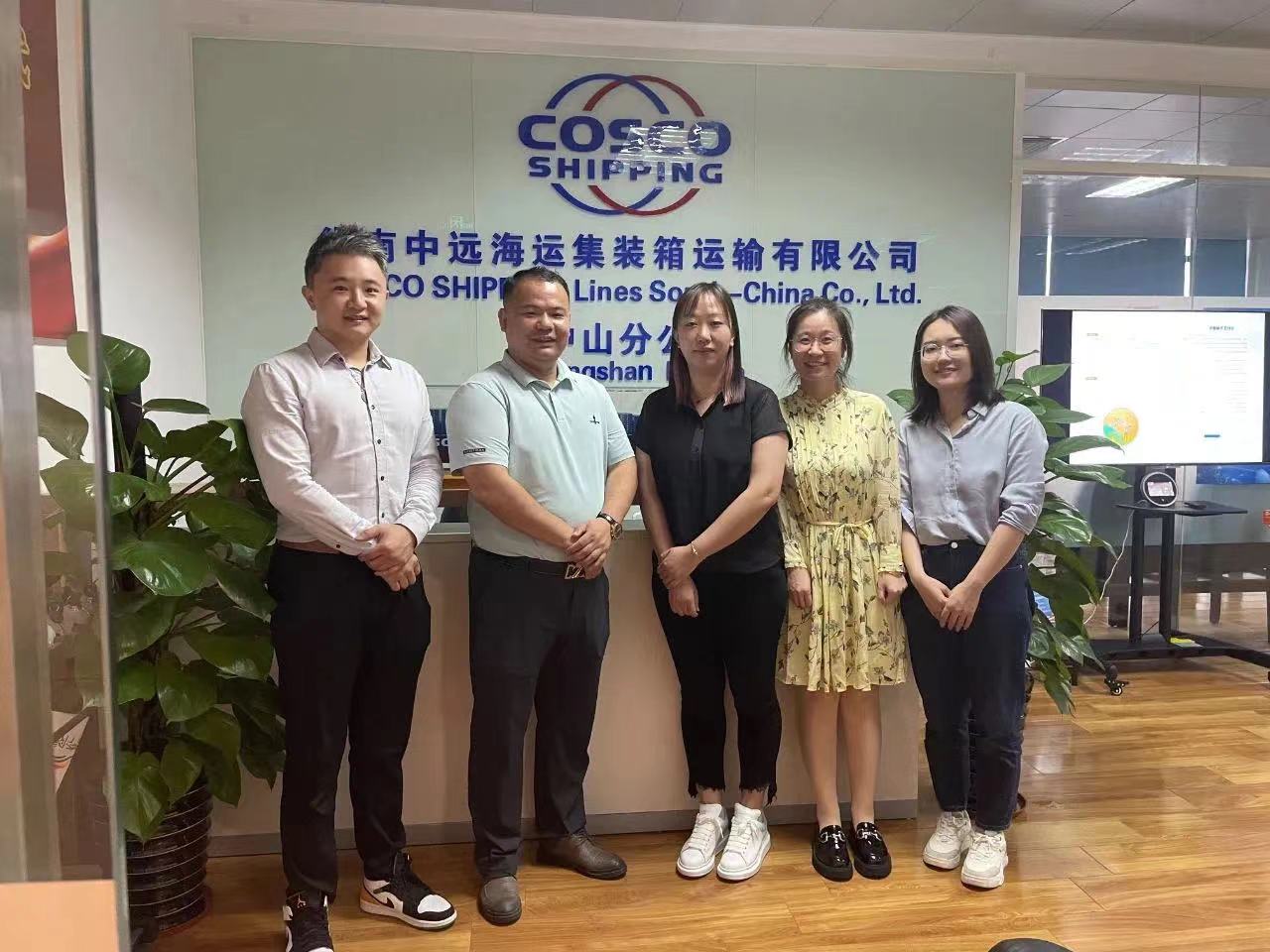Hapag-Lloyd: 2017 looks at alliances and mergers
Li Li
Hubrot is no exception when the world's major liner companies suffered losses in 2016. Its market focus this year is on the formal operation of the new alliance and the promotion of mergers with Arab ships.mail package to china
On March 24, Hapag-Lloyd, the fifth largest liner company in the world, released its 2016 performance report. Last year, Hapag-Lloyt achieved an EBITDA of 607.4 million euros due to the revenue contribution from the synergy of the acquisition of South American ships and the OCTAVE cost reduction plan and the expected synergy from the merger with Arab ships (2015: 831 million euros); EBIT was 126.4 million euros (2015: 366.4 million euros); Net loss was 93.10 million euros (2015: 114 million euro profit).
2016: performance loss but better than peers
Last year, Hapag-Lloyd's freight volume increased by 2.7% year-on-year to 7.6 million TEU; the average freight rate was US $ 1036 / TEU, a year-on-year decrease of 15.4% (the average freight rate in 2015 was US $ 1225 / TEU). Due to the sharp drop in freight rates, Hapag-Lloyd's operating income decreased from € 8.842 billion in 2015 to € 7.734 billion last year.
Last year, Hapag-Lloyd managed to significantly reduce freight rates by 12.3% to € 3,644 million (€ 7,259 million in 2015), but this decline did not completely offset the drop in average freight rates. The significant improvement in freight rates was mainly due to the average fuel price falling to US $ 210 / tonne last year (US $ 312 / tonne in 2015), and fuel consumption decreased by 6.3% year-on-year due to the use of larger, more efficient ships.
Despite the increase in traffic, Hapag-Lloyd has succeeded in reducing the cost of purchasing services (such as hinterland freight, leasing costs, and port, canal, and terminal fees, which fell by 8.3% year-on-year), mainly due to the merger with South American ships and Synergies from OCTAVE Cost Reduction Program.
"The first half of last year was a very challenging market environment, but Hapag-Lloyd succeeded in substantially increasing revenue and profits in the second half of the year," said Hapag-Lloyd CEO Rolf Habben Jansen. However, this result is not satisfactory. The market is expected to improve this year, but it depends largely on whether the freight rate is stable for a long time. In the long run, the number of new container ships will decrease and the number of scrapped ships will remain high. It shows that market supply and demand are gradually balancing. "
2017: New alliance operation and advance merger
The market remained challenging in the first quarter. "Due to the limitation of long-term contracts, we have not been able to fully grasp the recent positive development of freight rates in the spot market. At the same time, fuel prices have also risen sharply. We will continue to work to make Hapag-Lloyd more competitive and continue to consolidate the market. Status. "Rolf Habben Jansen explained that as a result of the merger with South American ships, Hapag-Lloyd will strive to achieve the desired synergies and further diversify its product portfolio.
Based on global trade growth (the International Monetary Fund believes that this year will increase by 3.8% year-on-year) and the forecast of container shipping capacity, Hapag-Lloyd expects the average freight rate and volume to increase moderately this year. The merger of Hapag-Lloyd and Arabian ships is in the final stage. From 2019, the merger with Arabian ships is expected to achieve an annual synergy of US $ 435 million, but at the same time there will be a one-time event of approximately US $ 150 million **** Easy cost. It is expected that by the year 2021, the South American Steamship Merger will achieve the final synergy, and will be positively affected by the OCTAVE cost reduction plan and the "competitive victory" project aimed at improving the quality of revenues. Hapag-Lloyd looks forward to a good year in that year.
LfRolf Habben Jansen said, "Hapag-Lloyd's focus this year is to start operating the new alliance on April 1 and to integrate Arab ships into Hapag-Lloyd's transportation system quickly and seamlessly."
In addition, according to the financial data released by Hapag-Lloyd, its balance sheet performance is stable. As of the end of last year, liquidity was about 760 million euros (including unused credit lines, which was 962 million euros in the same period in 2015) and net debt was 35.92 Million euros (3,334 million euros in the same period in 2015). Hapag-Lloyd said it would launch related financing work during the year.
